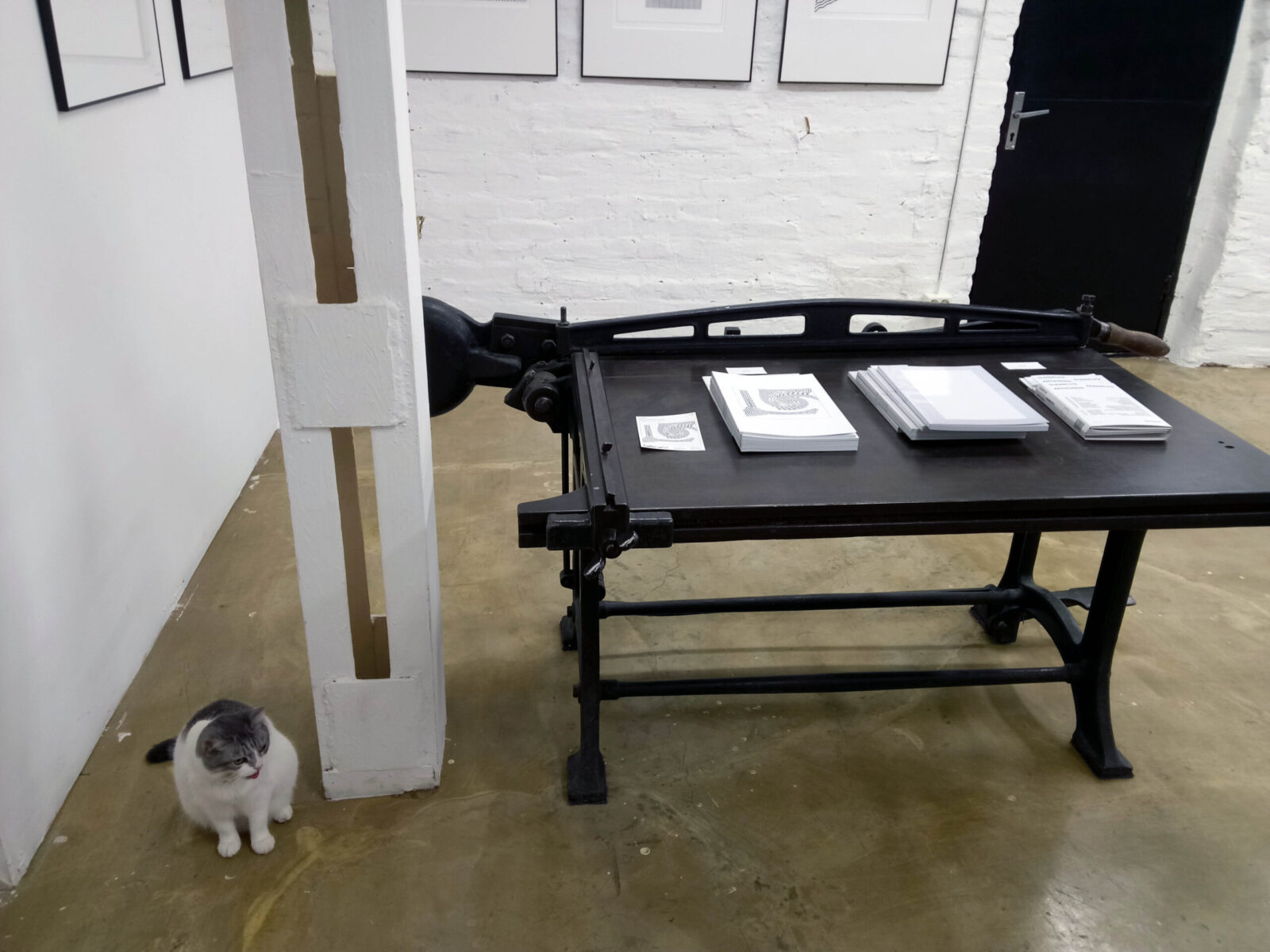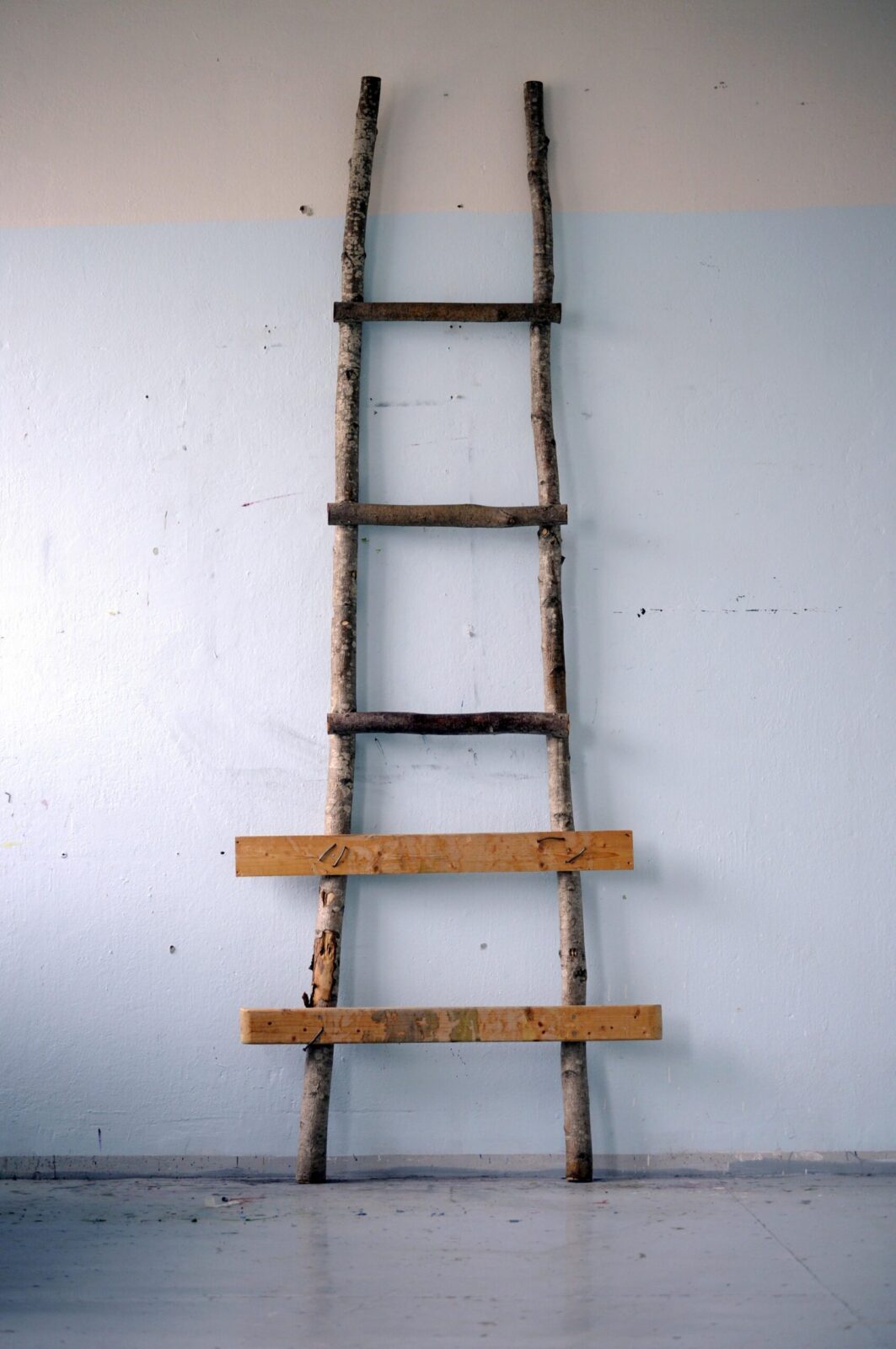Well, after settling in back home and spending a few days shovelling the 20cm of snow along the walkways here in Canada, I have finally had a chance to cozy up inside and reflect on my time as Tartu artist-in-residence.
First of all, thank-you for the privilege of having two months of uninterrupted focus to think about and produce new work. Being immersed in such an active and forward-thinking city, a city creatively conserving national historical references while being fervently engaged with the present/future, was a tangibly positive influence throughout my stay. From the student gatherings along the stone walkway designs of Rüütli Street, to the sound and light shows cascading the pedestrian-lined bridges over the Emajõgi, Tartu easily earns its title as City of Good Thoughts.
Can it be dark, cold, and rainy in Tartu? Yes. Is this a bad thing? No. Why? How else do you discover the candlelit corners of century-old buildings coupled with DJs and boardgames, laughter and well-made craft beer? If you have the chance to be in Tartu in the Autumn months, I highly recommend a sweater, warm hat, and good footwear. Also highly recommended: warming up with a late-night walk along the wet cobblestones to discover new friends though passionate, intelligent, and cheerful conversation about art, politics, and music. Always just around the corner.
Can it be bright and sunny in Tartu? Yes. Is this a good thing? Yes. Why? When I first arrived I was welcomed with an artist dinner. My nervousness of not knowing much about my surroundings quickly disappeared through the humour and warm-hearted nature of the fellow residents and residency organizers surrounding me. After the delicious meal (yes, item #1 on the menu at Café Crepp holds up to the repeated recommendations from locals), we walked along the river to discover a community garden, complete with an open-fire BBQ and gazebo-style summerhouse being built by young volunteers. It felt like a perfect late summer night in early September.
How active is the art community in Tartu? Very. I had the chance to attend several exhibition openings during my short stay. Get yourself to the Tartu Art Museum, Tartu Art House, Galerii Noorus, and the Estonian Printing and Paper Museum Balcony Gallery for international-level contemporary art and collection exhibitions. You will find incredible theatre, film, and music at places like the Genialistide Klubi, Tartu Elektriteater, and Tartu Uus Teater (shout out to the unforgettable Renate Keerdi uuslavastus TAHE). Be sure to check out what is happening at the helpful and friendly SPARK Makerlab. Say yes to the invitation to attend the QQ / Viljandi Art Festival and visit the Kondas Centre of Naïve Art. Say yes to kiiking (see Jazmina Cininas // Impressions of Tartu #2). Say yes to collaborative drawing after art openings. Say yes to The World’s End-themed Health and Safety meetings. Say yes to stories about childhood games over table-tennis and wine. Say yes to an insightful tour of Tartu Art College. Say yes to meeting the great people behind Generaadio. Finally, say yes to being invited to eat pancakes, play boardgames, and drink whiskey with new friends. Thank-you, Tartu. I will find a way to see you again!
Some Films that influenced my experiences in Tartu:
- Disco And Atomic War (Disko ja tuumasõda). Jaak Kilmi and Kiur Aarma
- 1944. Elmo Nüganen
- In the Crosswind (Risttuules). Martti Helde
- The Singing Revolution. James Tusty
- The Temptation of St. Tony (Püha Tõnu kiusamine). Veiko Õunpuu
- Spring (Kevade). Arvo Kruusement
- Triangle, Breakfast on the Grass, and Hotel E. Priit Pärn
Some Books/Essays that influenced my experiences in Tartu:
- Estonian Folktales: The Heavenly Wedding. Piret Päär, Anne Türnpu
- Postcolonial theory as a means to understand Estonian art history. Jaak Kangilaski
- Forest Brothers. Geraint Roberts
- The Man Who Spoke Snakish. Andrus Kivirähk
- Purge. Sofi Oksanen
- Petty God. Kaur Kender
- Walker On Water. Kristiina Ehin
- The Same River. Jaan Kaplinski






